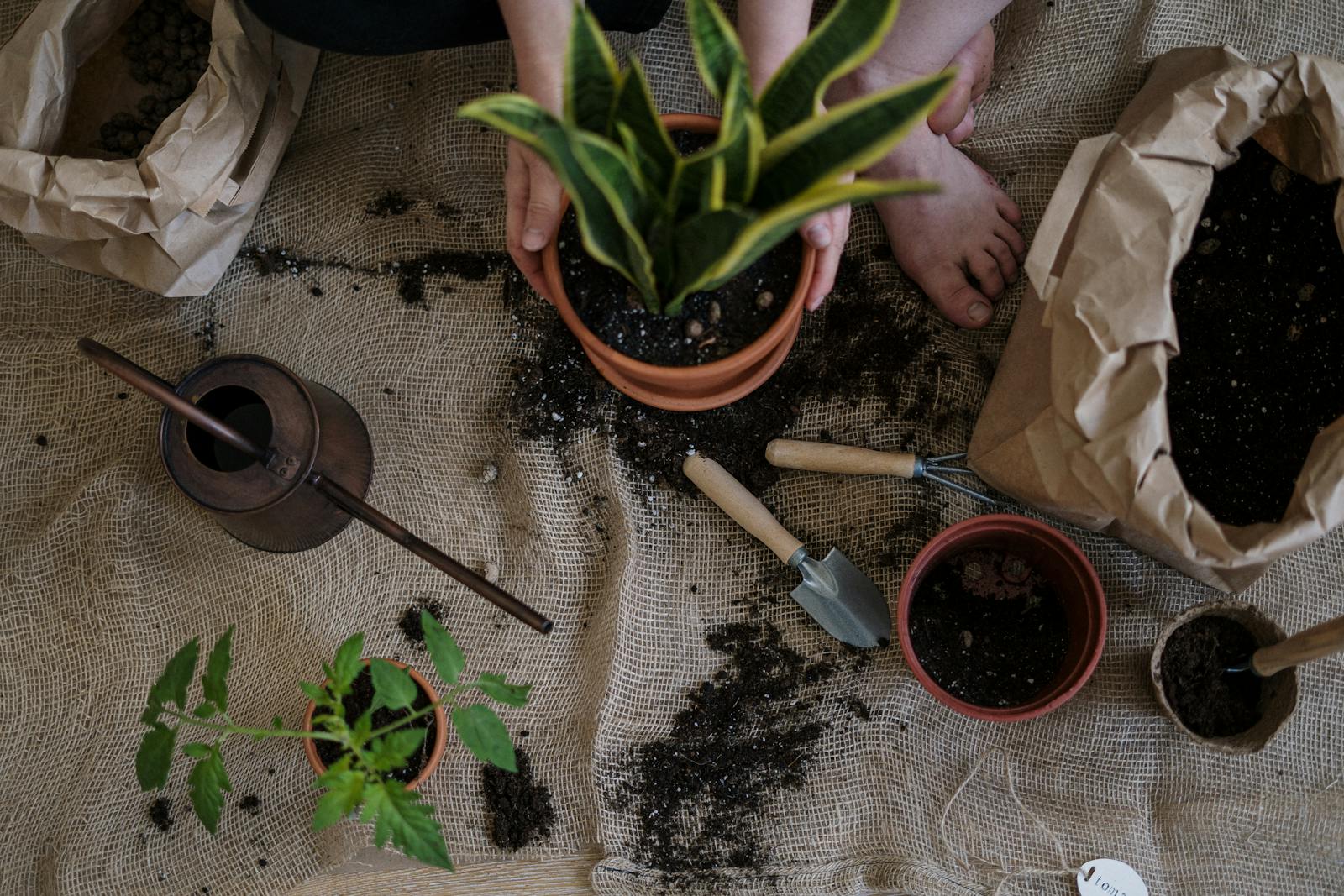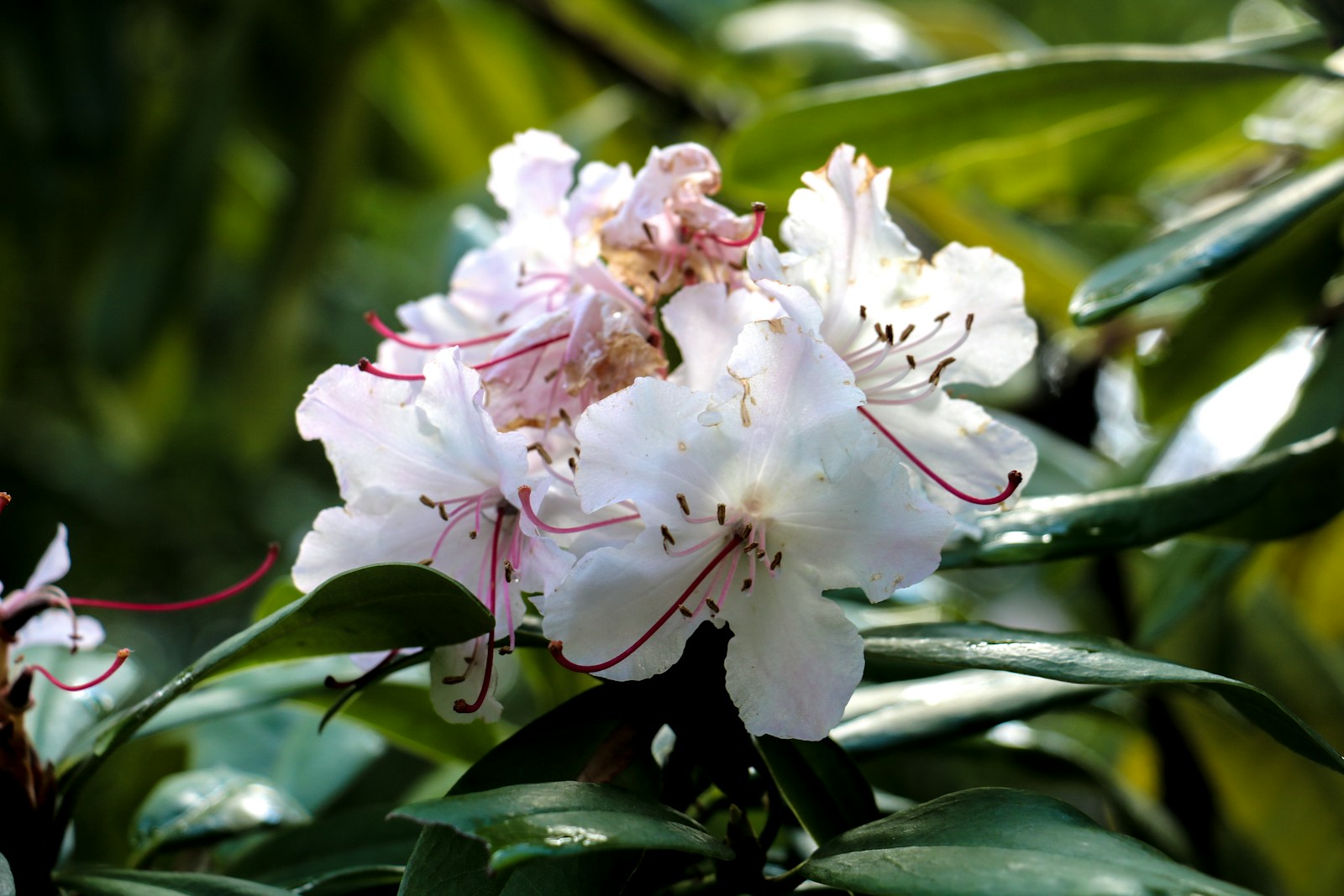Organic Gardening: Growing Without Chemicals
What Is Organic Gardening?
Organic gardening is a method of growing plants without synthetic chemicals, pesticides, or genetically modified organisms. Instead, it focuses on natural techniques that build healthy soil, encourage biodiversity, and promote ecological balance. The goal is to grow safe, nutritious food while protecting the environment.
By relying on compost, crop rotation, beneficial insects, and organic amendments, organic gardening offers a more sustainable and mindful approach to cultivating vegetables, herbs, and flowers. It’s about working with nature—not against it—to produce thriving gardens free from chemical intervention.
Benefits of Growing Organically
Organic gardening benefits your health, your soil, and the planet. By avoiding synthetic pesticides and fertilizers, you reduce exposure to harmful residues in your food. Your soil becomes more fertile and alive with beneficial microbes, leading to stronger plants over time.
Additionally, organic methods promote biodiversity, helping pollinators, birds, and other helpful organisms flourish. Sustainable practices also minimize runoff and pollution, making your garden a small but important part of protecting natural ecosystems. Growing organically means creating a healthier future for your garden and your community.
Start with Healthy, Organic Soil
Soil is the foundation of organic gardening. Healthy soil teems with microbes, fungi, and earthworms that naturally break down organic matter and release nutrients. To build this environment, focus on adding compost, aged manure, and organic matter regularly.
Avoid synthetic soil conditioners or chemical fertilizers, which disrupt natural soil biology. Test your soil’s pH and nutrient levels, and amend as needed with organic inputs like lime, rock phosphate, or seaweed. Well-nourished soil supports resilient plants that resist disease and produce abundant, chemical-free crops.
Choose Organic Seeds and Plants
Organic gardening starts with clean inputs. Use certified organic seeds and seedlings that haven’t been treated with fungicides, pesticides, or genetically modified traits. These options support biodiversity and better adapt to natural growing conditions.
Many seed catalogs and garden centers now offer a wide selection of organic seeds, including heirloom and open-pollinated varieties. Starting with organic seeds ensures your garden’s integrity from the beginning, making your commitment to growing chemical-free plants complete and consistent.
Practice Natural Pest Control
Controlling pests organically means creating a balanced garden that discourages harmful insects while encouraging beneficial ones. Companion planting, crop rotation, and introducing natural predators like ladybugs or praying mantises all help maintain pest balance.
When pests do appear, use non-toxic options like neem oil, insecticidal soap, or diatomaceous earth. Physical barriers such as row covers or copper tape can protect sensitive crops. With these natural approaches, you can manage pests without compromising your commitment to organic gardening.
Feed Plants with Organic Fertilizers
Unlike synthetic fertilizers that deliver fast but temporary nutrients, organic gardening relies on slow-release, natural options that nourish the soil and plants over time. Popular choices include compost, worm castings, seaweed extract, bone meal, and fish emulsion.
Each type provides specific benefits—seaweed boosts trace minerals, bone meal adds phosphorus for roots, and fish emulsion offers nitrogen for leafy growth. Rotate and combine fertilizers based on your plant’s stage of growth. By enriching your garden with organic feeds, you ensure vibrant, productive plants that thrive without harmful chemicals.
Encourage Pollinators and Beneficial Insects
Pollinators like bees and butterflies are vital to fruit and seed development. Organic gardening encourages these helpers by providing a safe, chemical-free environment filled with diverse flowering plants. Grow natives like coneflower, lavender, or bee balm to create a year-round food source.
Additionally, introduce plants like dill, fennel, and alyssum to attract beneficial insects such as ladybugs, lacewings, and hoverflies that naturally control pests. Avoiding pesticides ensures these species flourish, supporting a balanced and thriving garden ecosystem.
Use Mulch to Protect and Enrich Soil
Mulch is a powerful tool in organic gardening. It conserves moisture, suppresses weeds, regulates soil temperature, and adds organic matter as it breaks down. Use straw, shredded leaves, grass clippings, or bark mulch around plants, being careful not to smother stems.
Mulching also improves soil structure by feeding microorganisms and earthworms. Regularly replenishing mulch enhances soil health year-round and supports consistent plant growth. It’s a simple, low-maintenance method that strengthens your garden’s natural foundation without synthetic additives.
Practice Smart Crop Rotation
Crop rotation is essential in organic gardening. Growing the same plants in the same place year after year depletes nutrients and increases the risk of pests and disease. Rotate crops by plant family—leafy greens, root vegetables, legumes, and fruiting crops—to balance soil use.
Legumes like peas and beans fix nitrogen, enriching the soil for heavy feeders like tomatoes or corn. Keeping a planting journal helps track your rotations, ensuring better soil fertility and fewer recurring issues. It’s an effective way to maintain soil health naturally.
Start Composting at Home
Composting turns kitchen scraps, yard waste, and organic matter into nutrient-rich humus that feeds your garden. It’s a cornerstone of organic gardening, closing the loop between food waste and soil fertility. A well-balanced compost pile includes “greens” (like vegetable peels) and “browns” (like dry leaves).
Turn your pile regularly and keep it moist to speed up decomposition. Within a few months, you’ll have a dark, crumbly material full of beneficial microbes. Compost improves soil structure, retains moisture, and reduces the need for store-bought fertilizers—all while reducing landfill waste.
Save Seeds for Future Planting
Seed saving is a sustainable practice in organic gardening. By collecting seeds from your healthiest, most productive plants, you preserve strong genetics and reduce your reliance on store-bought seeds. Choose open-pollinated or heirloom varieties for the best results—hybrids may not produce true copies.
Dry seeds thoroughly before storing them in labeled envelopes or airtight containers in a cool, dark place. Not only does this method help maintain biodiversity, but it also deepens your connection to each growing season. With saved seeds, you truly take control of your garden’s future.
Embrace Heirloom and Native Varieties
Heirloom and native plants are cornerstones of organic gardening. These varieties have been passed down for generations and are well adapted to local conditions. They often offer superior flavor, greater resilience, and better compatibility with natural pollinators and predators.
Look for heirloom seeds in specialty catalogs or local seed swaps. Native plants typically require fewer resources to thrive and play a crucial role in maintaining local ecosystems. Choosing these varieties supports biodiversity and promotes long-term garden sustainability.
Manage Weeds Without Chemicals
Weed control in organic gardening relies on preventative and manual methods. Mulching is your first line of defense—it blocks sunlight and prevents weed seeds from sprouting. Regular weeding by hand or with a hoe keeps invaders at bay before they spread.
Planting ground covers, using landscape fabric, or practicing dense planting can also reduce weed growth. By eliminating synthetic herbicides, you maintain soil integrity and protect nearby plants and wildlife. A weed-free garden is achievable with consistent, natural methods that align with organic principles.
Use Water Wisely and Sustainably
Organic gardening emphasizes efficient and mindful water use. Water deeply but less frequently to encourage strong root growth. Early morning is the best time to water, reducing evaporation and minimizing fungal diseases.
Install drip irrigation systems or use soaker hoses to deliver moisture directly to the soil. Collecting rainwater in barrels is another eco-friendly option. Conserving water not only lowers your environmental impact but also makes your garden more resilient during drought conditions or seasonal changes.
Grow a Garden That Gives Back
Organic gardening is more than a method—it’s a philosophy that honors the connection between people, plants, and the planet. By growing without chemicals, you create a healthier environment, protect pollinators, and harvest food you can trust.
Every compost pile, seed saved, or beneficial insect welcomed contributes to a regenerative cycle. Whether you’re a beginner or seasoned grower, practicing organic gardening deepens your understanding of nature and builds a garden that truly gives back in nourishment, beauty, and sustainability.
Frequently Asked Questions
What makes organic gardening different from traditional gardening?
Organic gardening avoids synthetic fertilizers, pesticides, and genetically modified seeds. Instead, it relies on natural processes like composting, crop rotation, and biological pest control to build healthy soil and resilient plants. Traditional gardening often depends on chemical inputs to boost growth and control pests. The organic approach promotes sustainability, improves soil over time, and supports biodiversity. By working with nature, organic gardeners create a more balanced ecosystem, grow cleaner food, and reduce their environmental impact while fostering long-term soil fertility and plant health.
How can I start organic gardening at home?
Start organic gardening by choosing a sunny location, preparing soil with compost and organic matter, and selecting organic seeds or seedlings. Avoid synthetic fertilizers and pesticides, and use natural pest control methods like neem oil or companion planting. Water consistently and mulch to suppress weeds and retain moisture. Begin small, such as with a raised bed or a few containers. Keep learning through books, local workshops, or online communities. As you build experience, your garden will thrive using sustainable, chemical-free practices that support both plant health and environmental wellness.
What are the best organic fertilizers for a home garden?
Top organic fertilizers for home gardens include compost, worm castings, fish emulsion, bone meal, and seaweed extract. Compost improves soil structure and adds a broad spectrum of nutrients. Worm castings enrich the soil with microbes, while fish emulsion provides quick nitrogen for leafy greens. Bone meal supports root and flower development, and seaweed delivers trace minerals for overall plant health. These fertilizers break down slowly, feeding plants naturally over time. They’re safe for edible crops and align with the principles of organic gardening by enhancing soil vitality without harmful chemicals.
Can I grow organically in containers or small spaces?
Yes, organic gardening works well in containers and small spaces. Use organic potting soil and compost to start, and choose compact or dwarf plant varieties suited to containers. Herbs, leafy greens, tomatoes, and peppers are ideal choices. Apply natural fertilizers like liquid seaweed or compost tea, and control pests with neem oil or insecticidal soap. Even limited spaces can support a thriving organic garden if you maximize sunlight and practice good watering habits. With careful planning, you can enjoy a productive, chemical-free garden right on your patio or balcony.
How do I control pests in organic gardening?
In organic gardening, pest control focuses on prevention and natural solutions. Start by planting pest-repelling herbs like basil or mint and using companion planting to deter insects. Attract beneficial predators like ladybugs and lacewings by adding flowering plants. Handpick pests when possible, and use barriers such as row covers or netting. For treatments, rely on natural products like neem oil, insecticidal soap, or diatomaceous earth. Avoiding synthetic chemicals helps maintain balance in your garden’s ecosystem, protecting pollinators and encouraging healthier, more resilient plants over time.
© 2025 GardeningandDecor.com. All rights reserved.



